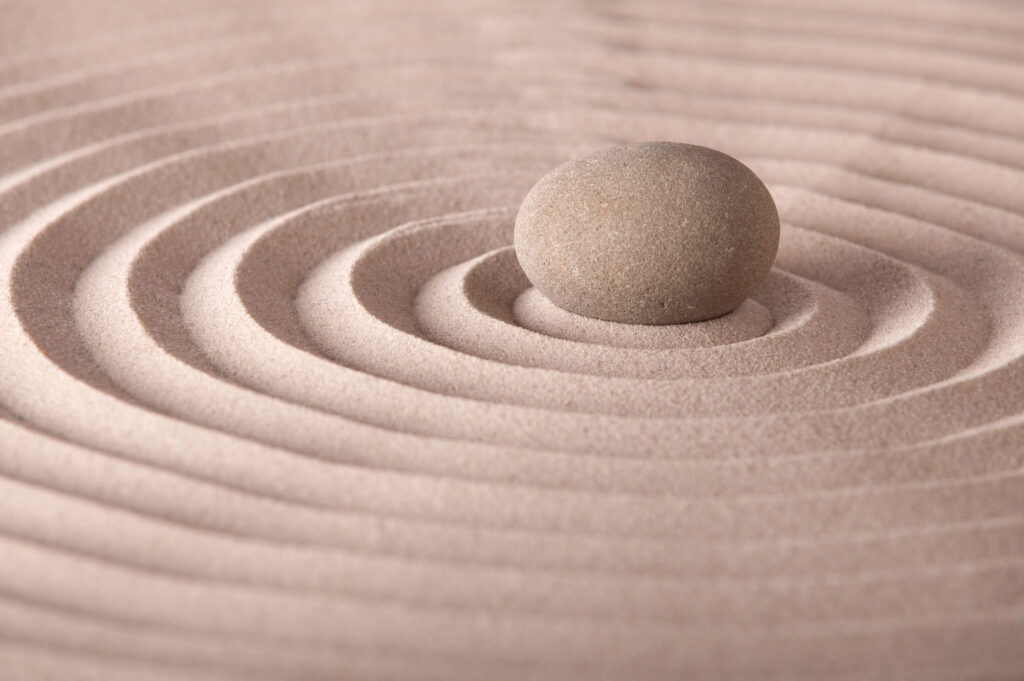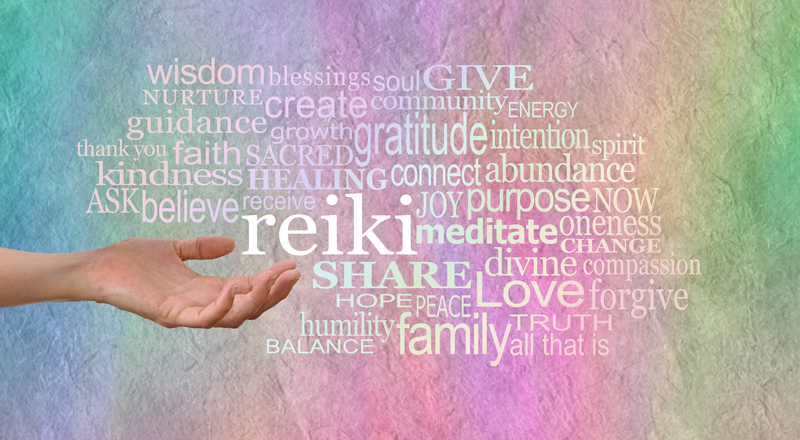What are the best incenses for meditation and their uses and meanings?
For centuries, people have used incense for a variety of purposes in spirituality. The word “incense” comes from the Latin word “incendere” which means “to burn.” Burning incense is thought to release negative energy and cleanse the mind, body, and spirit. Incense can also be used as an offering to God.
Incenses for meditation are made from a variety of plant materials including bark, seeds, leaves, and roots. The most common type of incense is made from tree resins such as frankincense and myrrh. Other popular types of incense include sage, cedar, and sandalwood. Each type has its own unique fragrance and properties.

There are many different types of incenses for meditation available on the market today.
So, how do you know which one is right for you? Here is a guide to the best incenses for meditation and their uses and meanings.
1. Nag Champa
This type of incense is made from a combination of flowers, spices, and resins. It is said to be helpful in promoting peace, relaxation, and concentration during meditation. Nag champa is also used in Indian Ayurvedic medicine to treat anxiety and depression.
2. Sandalwood
Sandalwood is one of the most popular incenses for meditation. It has a sweet, woody scent that is said to be grounding and promote feelings of well-being. Sandalwood is also used in Ayurvedic medicine to treat mental disorders such as schizophrenia.
3. Jasmine
Jasmine incense also has a sweet, floral scent that is said to promote relaxation and euphoria. It is often used in meditation to help still the mind. Jasmine is also used in Chinese medicine to treat anxiety and depression.
4. Lotus
Lotus incense has a light, floral scent that is said to promote peace and serenity. Lotus flowers are often used in Buddhist ceremonies and rituals. Lotus incense is also said to be helpful in treating insomnia and anxiety.
5. Frankincense
Frankincense is a type of resin that is derived from the bark of the Boswellia tree. It has a sweet, woody scent that is perfect for purification and protection rituals. Frankincense is often used in meditation to promote relaxation and peace. It is also said to improve circulation and calm nerves.
6. Myrrh
Myrrh is another type of resin that is derived from the Commiphora myrrha tree. It has a spicy, earthy scent that is perfect for healing rituals. Myrrh is often used in meditation to promote emotional balance and well-being. It is said to have a number of benefits, including promoting relaxation, improving circulation, and relieving stress. It is also said to be an effective immunity booster. Myrrh incense can be found at most health food stores.
7. Sage
Sage is a type of herb that is known for its cleansing properties. It has a fresh, earthy scent that is perfect for clearing negative energy. Sage is often used in meditation to promote clarity and wisdom.
8. Cedar
Cedar is a type of wood that has a warm, woody scent. It is perfect for stability and grounding rituals. Cedar is often used in meditation to promote strength and courage.
9. Sandalwood
Sandalwood is a type of wood that has a sweet, woody scent. It is perfect for calmness and tranquility rituals. Sandalwood is often used in meditation to promote peace and relaxation. Sandalwood is a popular choice as incenses for meditation because it has a very pleasant, woody smell. It is also said to promote concentration and clarity of thought. Sandalwood incense can be found at most health food stores.
10. Lavender
Lavender is a very popular choice for meditation because it has a calming, relaxing effect. It is also said to promote sleep and reduce stress. Lavender incense can be found at most health food stores.
Incenses for meditation and sacred ceremonies
Have you ever wondered why a lot of human beings do a lot of things with pomp and circumstance, ceremony, and ritual involved? Some people don’t, though. There are those who almost reject the ceremonial part of life, and in a lot of cases, choose which ones they will honor and which they won’t.
Some people wouldn’t miss their graduation ceremonies from school for anything – they worked too hard for this moment. Some people don’t even care to show up at their graduations. Some people get married in extravagant opulence. Some run off to the local Justice of the Peace. Churches use rituals constantly. People come to expect it and find a certain comfort in it. Some reject public ceremony, but will have their own individual rituals that they carry out in private.
Why do we do this? Is it inherent in our DNA to want to create rituals around things? In actuality, it sort of is. We instinctively know that things that have history carry more energy. Because of the number of times that a prayer has been prayed by the faithful in an attitude of heart-centeredness it has become a very strong energy conduit.
Whenever you do something repeatedly, and it is something that has a history of being done repeatedly and respectfully, you are tapping into the energy of the whole, not just your moment of participation.
Sacred Ceremony enhances the energy field you are working in. When you say your prayers, or light your candles, or join in a public ritual you are becoming part of the whole.
It’s important to note that the whole mass of energy you are tapping into is not always pure. If the ceremony has been tainted over time you are getting both. Many who marry in opulence, divorce with just as much emotion involved. Therefore the wedding ceremony itself no longer carries the intrinsic power that the vows once held. You may personally hold the vows sacred, but you are no longer receiving as much ritualistic energy as the ceremony itself once held.
A sacred Ceremony is a sacred gift. It is an energetically held template that you can use for your own self-empowerment. Often what we do is private. We light our candles and our incense, create our sacred places in our homes, or we may gather with like-minded souls to visit some beautiful spot in nature or something that already carries the history of being a sacred site.

In so doing, we are tapping into the whole of that particular creation. I hope you value Sacred Ceremony, even if it is only the things you do privately and personally. In honoring the solemnity of the moment you are tapping into a power greater than yourself.
Conclusion:
As we just saw, there are many different types of incense available on the market today. Spirituality has been using burning Incense for cleansing purposes since ancient times—try harnessing the power of incenses yourself today!
Each type of incense has its own unique fragrance and properties that can be used to enhance your meditation practice.
Enjoy and let me know in the comments how it goes!






